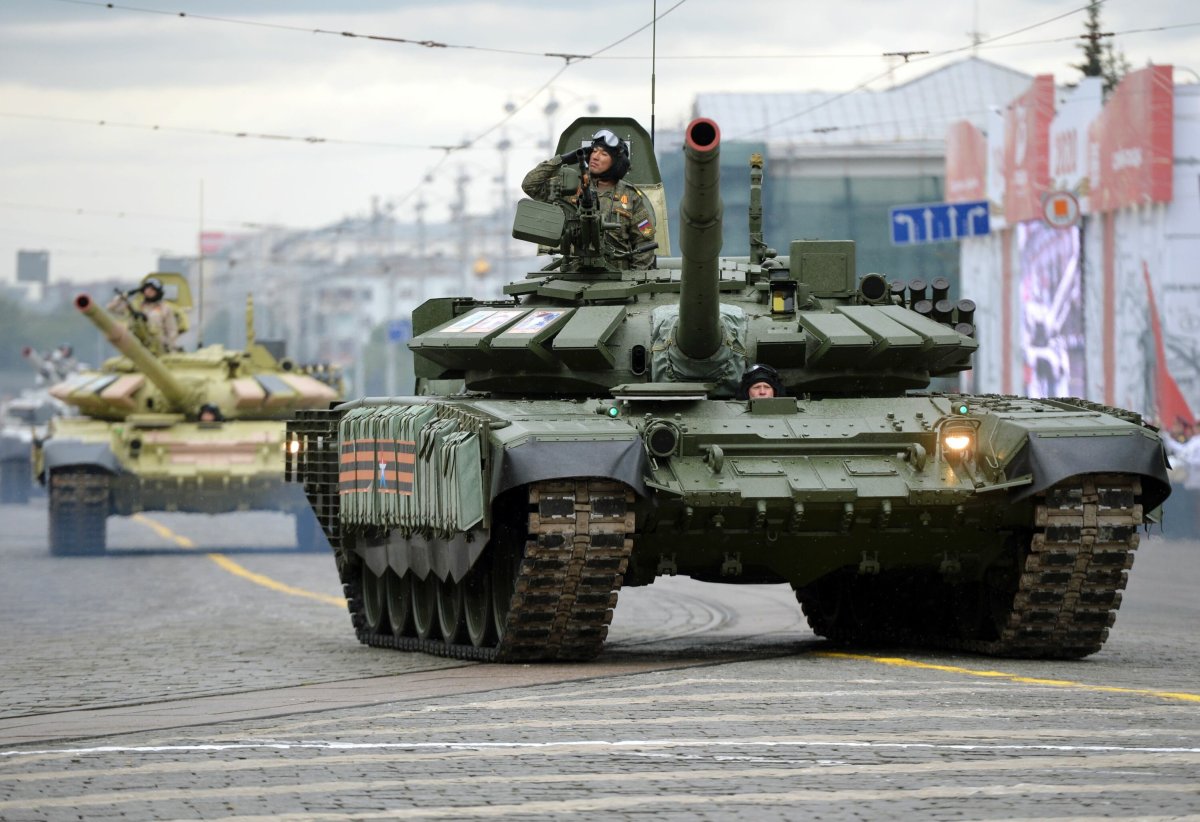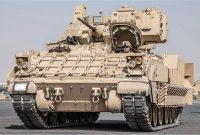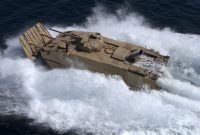The T-62, an iconic battle tank that emerged from the heart of the Cold War, stands as a symbol of Soviet military engineering and the power struggles of its era. This formidable armored vehicle played a significant role in various conflicts and continues to be an enduring representation of Russia’s military might. In this article, we delve into the history, features, and significance of the T-62 battle tank.
The T-62’s Historical Significance
The T-62 is an armored legend with historical roots dating back to the early 1960s, during the peak of the Cold War. It was designed and manufactured by the Soviet Union to replace the earlier T-55 tank and to compete with the American M60 Patton tank. The T-62 was produced in significant numbers and became one of the most widely used tanks during the era.
Powerful Armament
At the heart of the T-62’s effectiveness was its powerful armament. The tank was equipped with a 115mm smoothbore gun, which was considered advanced at the time of its introduction. The smoothbore design allowed for the use of APFSDS (Armor-Piercing, Fin-Stabilized, Discarding Sabot) rounds, making the T-62 capable of penetrating the armor of contemporary tanks.
The T-62’s firepower extended to its secondary armament, which included a 7.62mm machine gun and an anti-aircraft 12.7mm DShK machine gun. These weapons provided versatility and the ability to engage a range of targets.
Armor Protection
The T-62 featured a combination of composite and cast armor, providing protection against small arms fire, artillery shell splinters, and chemical, biological, radiological, and nuclear (CBRN) threats. While its armor wasn’t as advanced as later tank designs, it provided adequate protection for its time.
Mobility and Maneuverability![]()
The T-62 was powered by a V-55 engine, which provided it with a top speed of around 50 kilometers per hour (31 mph). The tank’s wide tracks and torsion bar suspension allowed for relatively good off-road performance. This mobility and maneuverability made the T-62 a formidable opponent on the battlefield.
Global Impact and Conflicts
The T-62 played a crucial role in various conflicts during and after the Cold War. It saw action in the Vietnam War, the Arab-Israeli conflicts, the Iran-Iraq War, and other regional conflicts. The tank’s performance and firepower left a lasting impression on both its operators and adversaries.
Its widespread use and export to various countries made the T-62 an enduring symbol of Soviet military influence. It contributed to the spread of Soviet tank doctrine and tactics and played a significant role in many of the conflicts where it was employed.![]()
Legacy and Influence
The T-62’s legacy endures in various forms, as some countries continue to use upgraded versions of the tank. While it may not be as technologically advanced as modern battle tanks, the T-62’s historical significance is unquestionable. It represents an era of military competition and technological innovation that shaped the world during the Cold War.
Additionally, the T-62 has had a considerable influence on tank design and development. Lessons learned from its performance, along with its technological features, have contributed to the evolution of armored warfare and the design of subsequent tanks.![]()
Conclusion: The T-62’s Enduring Legacy
The T-62, Russia’s iconic battle tank, remains a testament to the military and technological challenges of its time. While it may no longer be on the front lines of modern warfare, its historical significance and impact on armored warfare endure. The T-62 represents an era of competition, innovation, and conflict that shaped the world and continues to influence military technology and strategy today.




